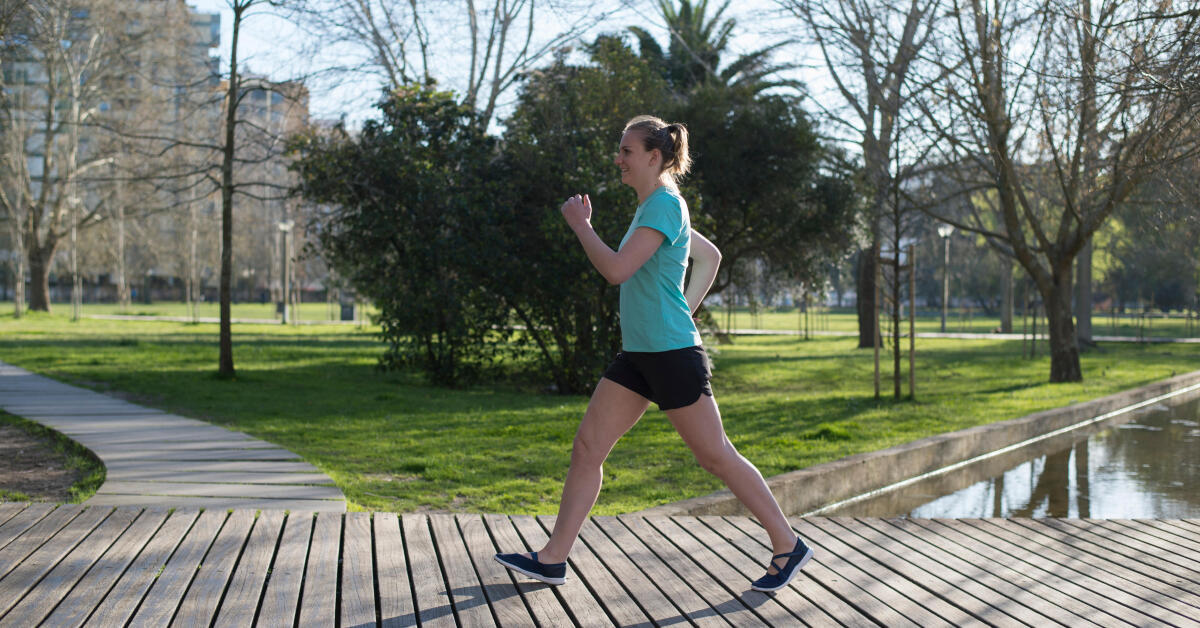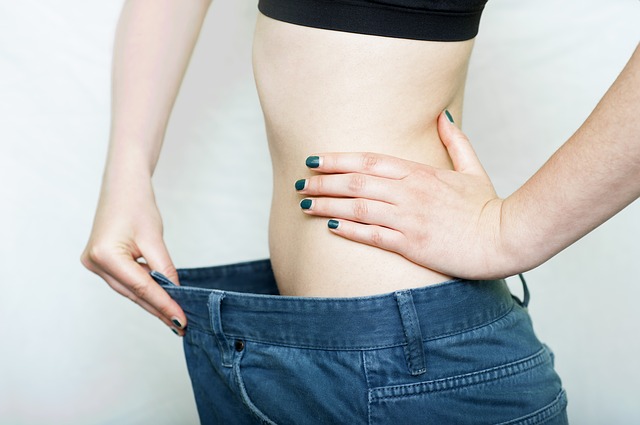
CICO is a diet that encourages you to eat smaller portions of food and to not be too concerned about the quality of your food. Your food should be balanced with lean protein, good cholesterol, and healthy carbohydrates. The CICO diet fails to do this. This is because the CICO diet doesn't give you any guidance on healthy foods and unhealthy foods. Allowing yourself to eat what you like will lead you to ignore the importance of healthy eating. This can lead to you becoming a starving person, which is not good.
CICO diet is a calorie-counting diet
The CICO diet is not a typical diet. Instead of restricting how much you eat, the CICO diet counts calories. One calorie is one unit of energy. It raises the water temperature by 1 degree Celsius. Scientists used to calculate calories by cooking food. This practice wasn't very healthy and didn't always produce the best results. It also caused skin breakouts, weight gain, and eating disorders. CICO does not restrict you from eating any type of food.

It causes calorie-counting problems
CICO diet can have negative side effects that could be harmful to your health. The diet isn't healthy for your body and can lead to eating disorders and lethargy. Remember that being thin does not mean you are healthy. Even though you may be thin, you could still suffer a heart attack. CICO doesn't promote a healthy lifestyle.
You may feel hungry.
The CICO diet is a way to eat fewer calories than what you burn. Although this diet requires that you eat fewer calories than you expend, it doesn't mean that you'll be hungry all the time. This simply means you must eat within your body's calorie limits. In order to follow the CICO diet properly, you have to know your basal metabolic rate, which is how many calories your body burns each day to digest food and stay alive.
It's not healthy
A major flaw of the CICO diet is that it ignores the quality of your diet. Instead of eating real food, you are allowed to eat tons of junk, raising your risk for nutrient deficiencies and a decline in lifespan. Extreme eating habits are also encouraged by this diet. People will eat whatever they want, whether it's junk food or starving. However, this fad diet promotes weight loss.

It's not sustainable for the long term.
It's difficult to describe what it means to be on a Cisco diet. However, it's an excellent indicator of the company’s carbon footprint. The company generated 832,000 metric ton of greenhouse gases in 2007. That's a large number. These emissions come from leased or owned facilities, vehicles, and airline travel. In a year where carbon prices are rising and soaring, Cisco's corporate goal is to reduce these emissions by 15 percent.
FAQ
Would cardio exercises make me lose weight fast?
Cardio exercises are great for burning calories, but they don't necessarily help you lose weight. It all depends on how much weight you have and what type of exercise you do.
If you're obese, cardio exercises might not be enough for you to shed those extra pounds.
It is important to combine them with exercise and diet.
If you are looking to lose weight quickly, cardio exercises such as running and jogging can be helpful. These cardio exercises burn more calories than any other type of exercise.
You must train resistance if your goal is to gain muscle instead of losing weight. Resistance training can be done without the use of machines, weights, bands, elastic band, etc.
For fast weight loss, combine cardio with resistance training.
Combining cardio and resistance training is a great way to quickly lose weight.
Is there a difference between intermittent fasting, calorie restriction, and intermittent fasting?
Calorie restriction refers to eating less than what your body requires. Intermittent fasting, on the other hand, doesn't restrict calories. Instead, the emphasis is on eating fewer calories each day.
Intermittent fasting is more effective because it allows you to enjoy foods you love without feeling guilty.
Both methods have pros and cons. You will need to decide which method is best for you.
What can I eat while on intermittent fasting in order to lose weight?
The best way to lose weight is to cut out carbs. That means cutting out bread, pasta, rice, potatoes, and other carbohydrate-based food.
Also, you should avoid eating too many protein as it can make you feel fuller for longer. This will ensure that you don't feel hungry as frequently.
Focus on foods rich in healthy fats like olive oil, avocado, nuts and seeds. These foods will keep you full for hours after you eat them.
It is important to drink enough water. Water can help you lose fat by keeping you hydrated.
These foods may be what you crave when you eat fast. However, you don't have the right to succumb to these cravings. You could gain more weight than what you lose if you do.
In order to prevent eating too much, limit the amount you eat during the day. Drink a glass water whenever you feel hungry.
This might sound counterintuitive, but it's actually been proven to help you slim down. According to a study published in Obesity, participants consumed fewer calories if they drank plain water rather than sugary beverages.
Consuming water plainly also helped to decrease hunger. Drinking water is the best way to lose weight if you don't want sweetened beverages.
Weight loss doesn't require you to restrict your intake of calories or eat less. Focus instead on small changes in your lifestyle.
Try swapping out your usual breakfast sandwich in favor of a bowl o' oatmeal. Try swapping your afternoon cookie to a piece or fruit.
These simple swaps will add up over time and help you shed pounds without spending hours in the kitchen.
Statistics
- A 12-week study in 20 women with obesity found that walking for 50–70 minutes 3 times per week reduced body fat and waist circumference by an average of 1.5% and 1.1 inches (2.8 cm), respectively (healthline.com)
- One study in 9 active men found that HIIT burned 25–30% more calories per minute than other types of exercises, including weight training, cycling, and running on a treadmill (18Trusted Source (healthline.com)
- According to Harvard Health, it's estimated that a 155-pound (70-kg) person burns roughly 112 calories per 30 minutes of weight training (5). (healthline.com)
- Among women, the increase in metabolic rate was nearly 4%, or 50 more calories per day (14Trusted Source (healthline.com)
External Links
How To
How to do Intermittent Fasting (IF)
Intermittent eating is a way to lose weight that you only have one day of the week. It's usually Monday through Thursday. This diet aims to lower your overall calorie intake, while still ensuring you get enough nutrition. This helps you lose fat more quickly than if it were your normal meals for the entire week.
The most common form IF is to reduce calories on specific days. This would be a way to skip breakfast and eat whatever you want throughout the day. You could also choose three small meals instead of two large meals per day.
You can choose from many different types of intermittent fasting such as alternate day fasting (alternative day fasting), 5/2 fasts (8/4 fasts), 16/8 fasts, and so on. There are pros as well as cons to each form of intermittent fasting. Alternate day fasting, which doesn't require you to change your lifestyle, is the best way to get started. Some people may find it difficult to adhere to such a strict schedule, so they might try other methods.
If you are interested in starting an intermittent fasting regime, I recommend beginning with alternate-dayfasting. This will allow you to gradually transition into more extreme fasting routines without completely changing your lifestyle.